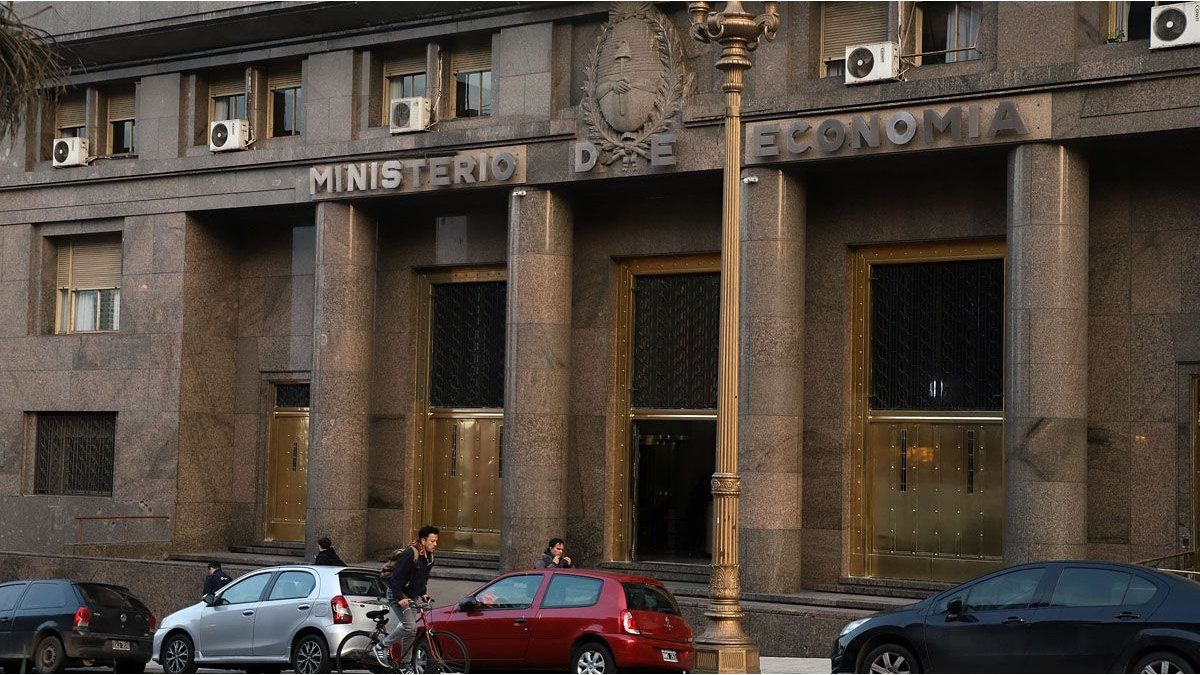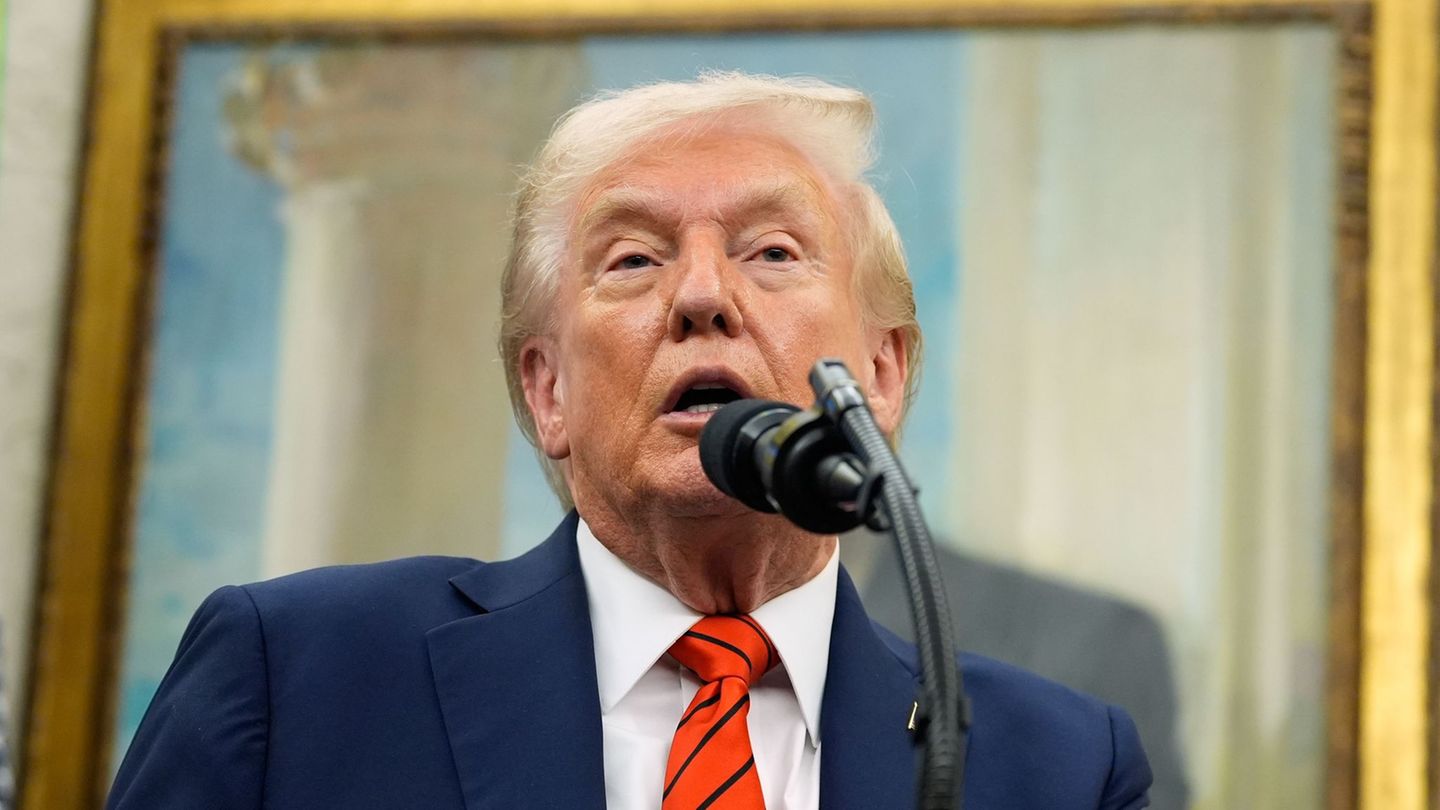Financial conditions of Argentina are in the best moment since 2018, According to a report from the Argentine Institute of Finance Executives (IAEF). The report indicates that the improvement in the country’s situation is still explained by the impact of dollar deposits from laundering.
“The Financial Conditions Index (ICF) It rose 90 points between August and November, reaching 98.2 unitsthe best mark since January 2018,” says the IAEF in its monthly report.
The work, which is prepared by the consulting firm Econviewsmaintains that there is a methodological factor that explains the result. The Evolution of deposits in dollars is measured with the three-month average, so laundering continues to explain 33% of the November rise.
He emphasizes that “The lowering of rates by the Central Bank, disinflation and the rally in Argentine bonds and stocks also played in their favor. Trump’s election in the United States had a favorable impact on financial conditions, despite the volatility of the euro, the real and the Mexican peso and a certain rate increase that later slowed,” the report says.
The index measures the “comfort” situation that the country may have to receive financing when the value is above zero, or of “stress” in case it is difficult for you to pay your debt maturities, and the brands are negative. In this case, in November it reached 98.2 units, which shows that it is clearly in a favorable situation.
“After rising from $31 billion to $35 billion during October, last month “Private deposits in dollars fell to $33 billion although they rose 101% on the quarterly average,” explains the private study.
iaef-financial-conditions.png
While it is highlighted that “for the treasury, “The contribution of the moratoriums and the advance of Personal Assets was 0.4% of GDP.” “And it is difficult to measure the indirect impact on the purchase of sovereign bonds and Negotiable Obligations, but it helped to compress the country risk and the exchange rate gap,” says the IAEF work.
The report adds that “core inflation fell from 3.5% to 2.9% in October” and suggests that “it could be closer to 2% in November.”
On the other hand, the IAEF indicates that “andThe Central Bank took advantage and lowered the rate from 40% to 35% in November, the first drop since May, which awakened the parallel dollars. This time there was no effect on the gap, which fell from 20 to 12% on the monthly average and on December 5 it cut the rate to 32%,” the work explains.
In that sense, he maintains that ““The market buys that there will be stocks for longer” since “the implicit devaluation in futures continues to fall and the spread between one-month and one-year contracts is at 26%, the lowest since 2018.”
“The elephant in the room is the real exchange rate, which returned to the November 2023 level, before the Caputo devaluation, near the November 2015 low. Getting out of the trap and correcting the appreciation implies reversing the reduction in inflation and rates, although with fiscal balance the cost may not be so high,” the report speculates.
Source: Ambito
I am Pierce Boyd, a driven and ambitious professional working in the news industry. I have been writing for 24 Hours Worlds for over five years, specializing in sports section coverage. During my tenure at the publication, I have built an impressive portfolio of articles that has earned me a reputation as an experienced journalist and content creator.




